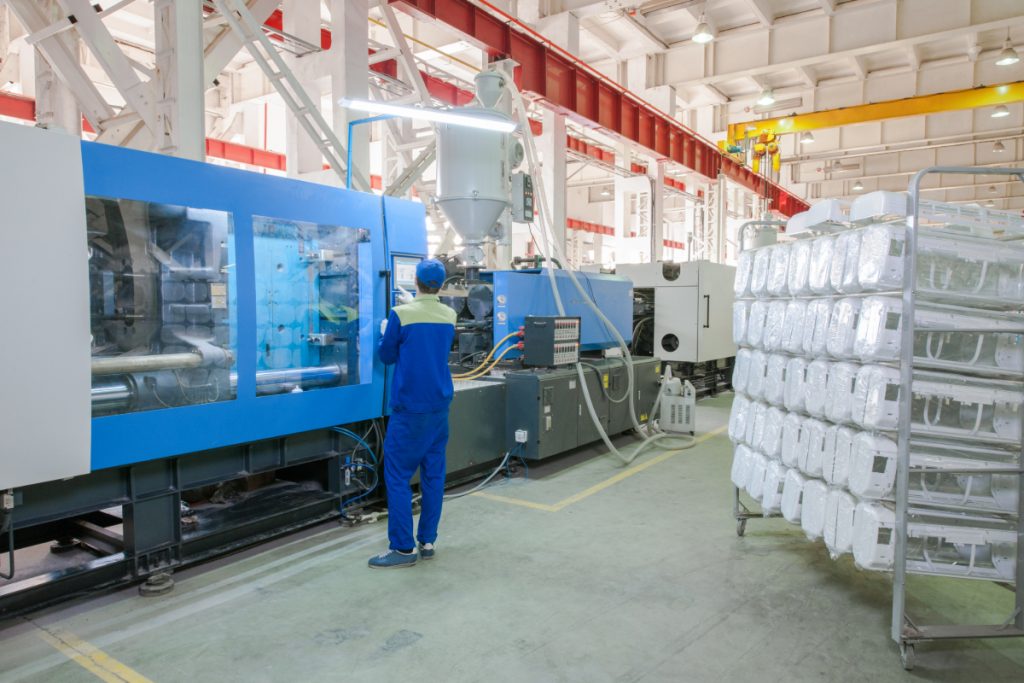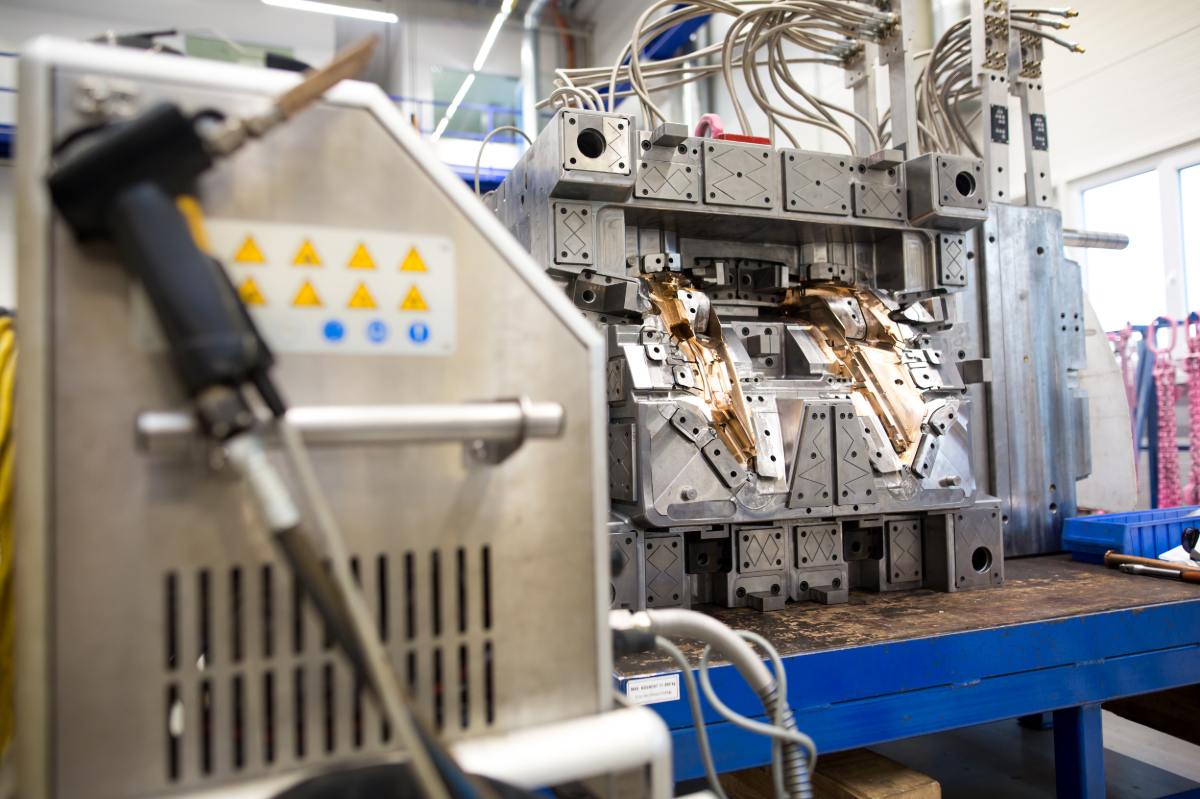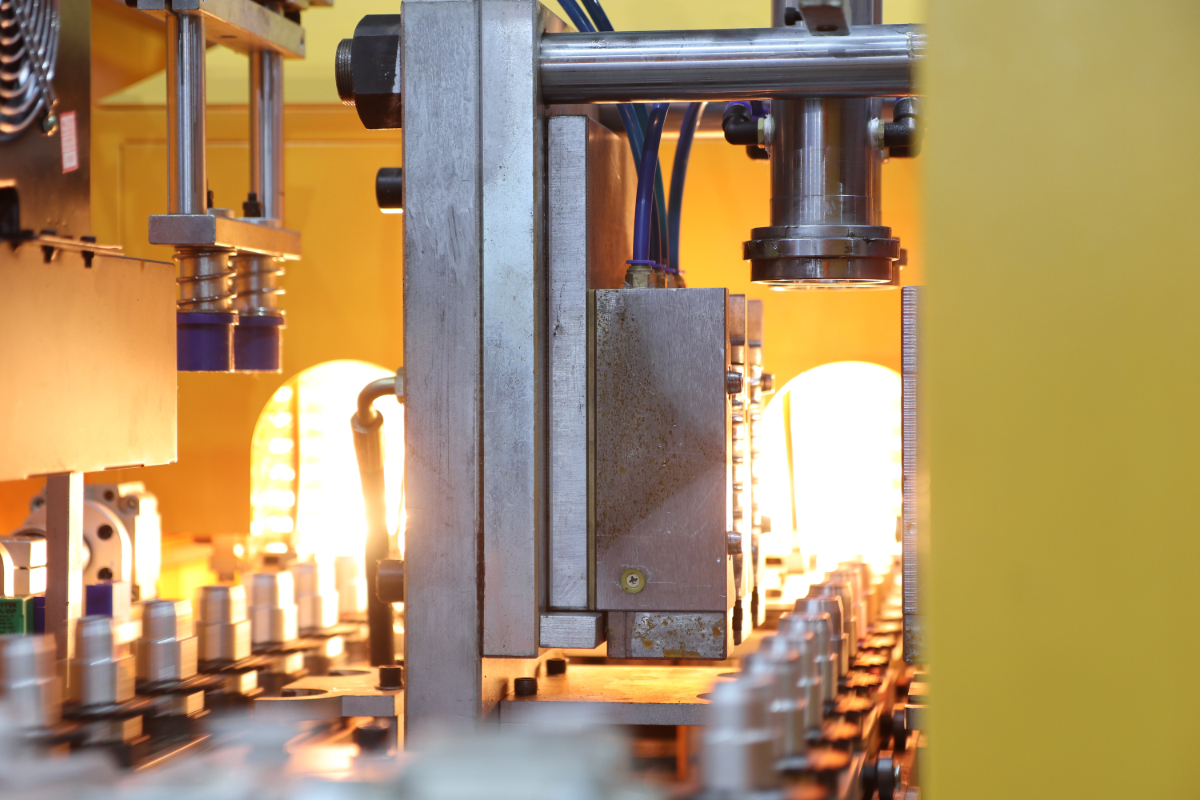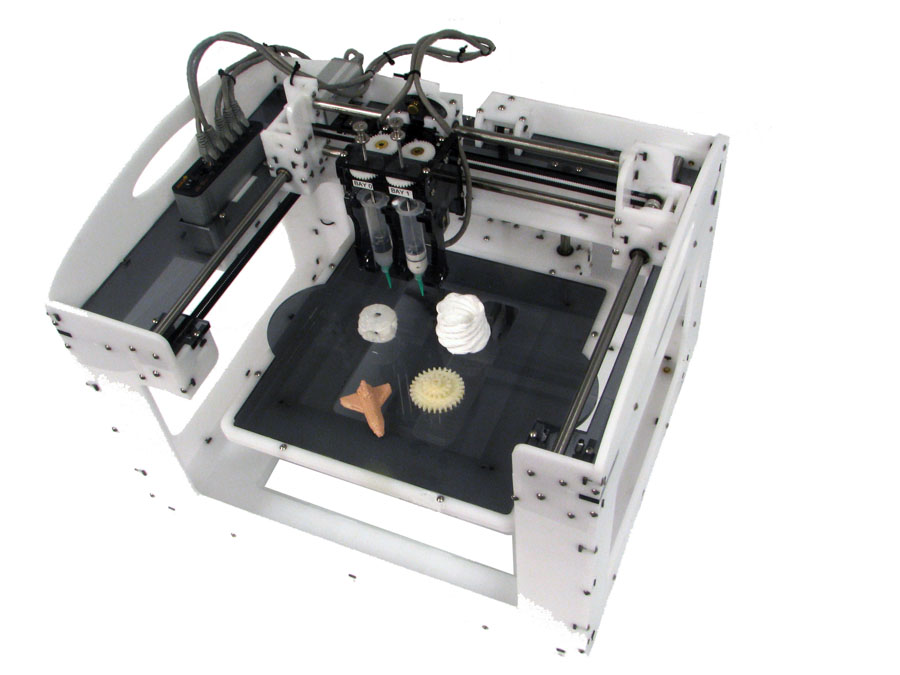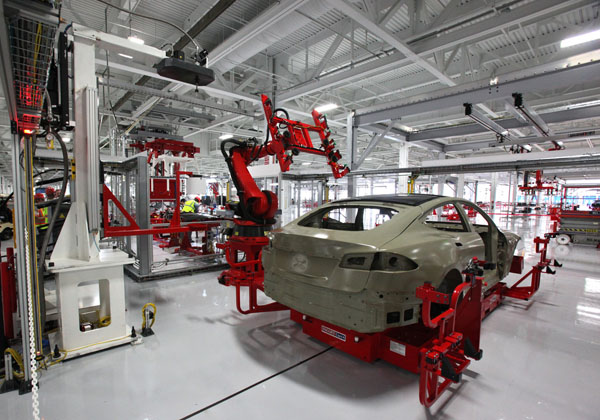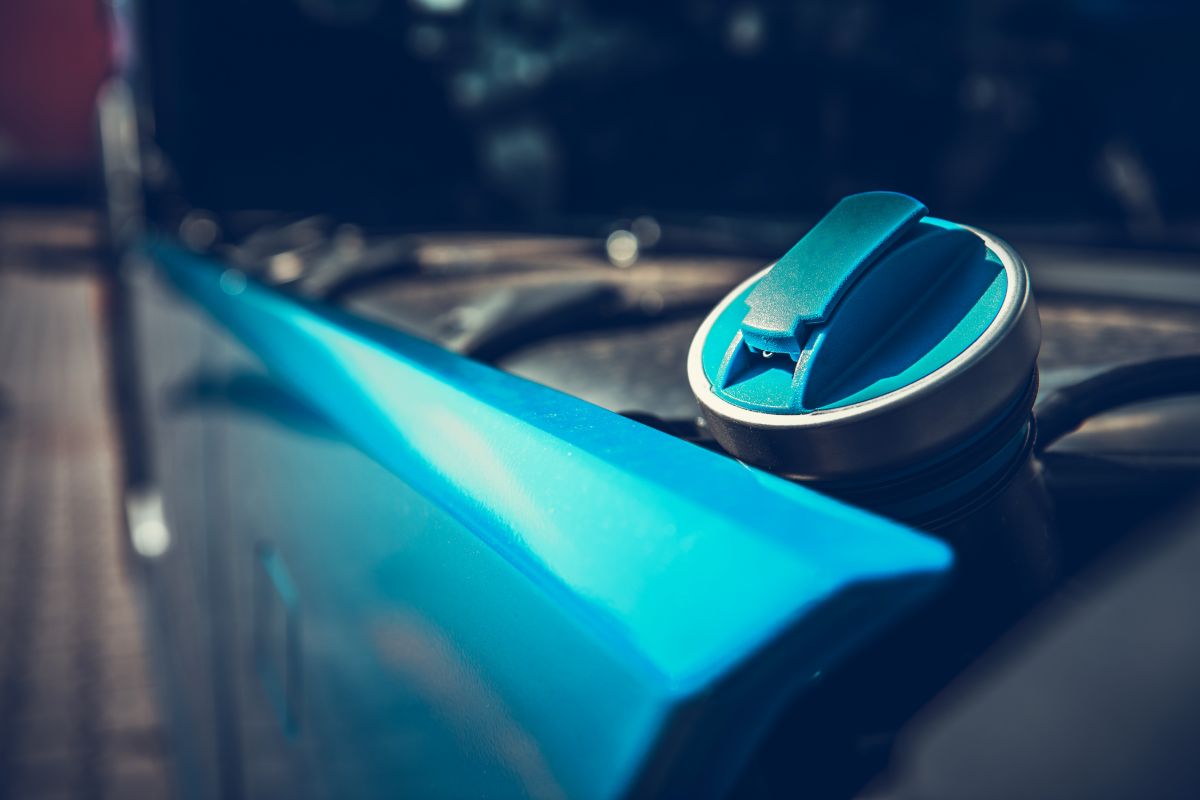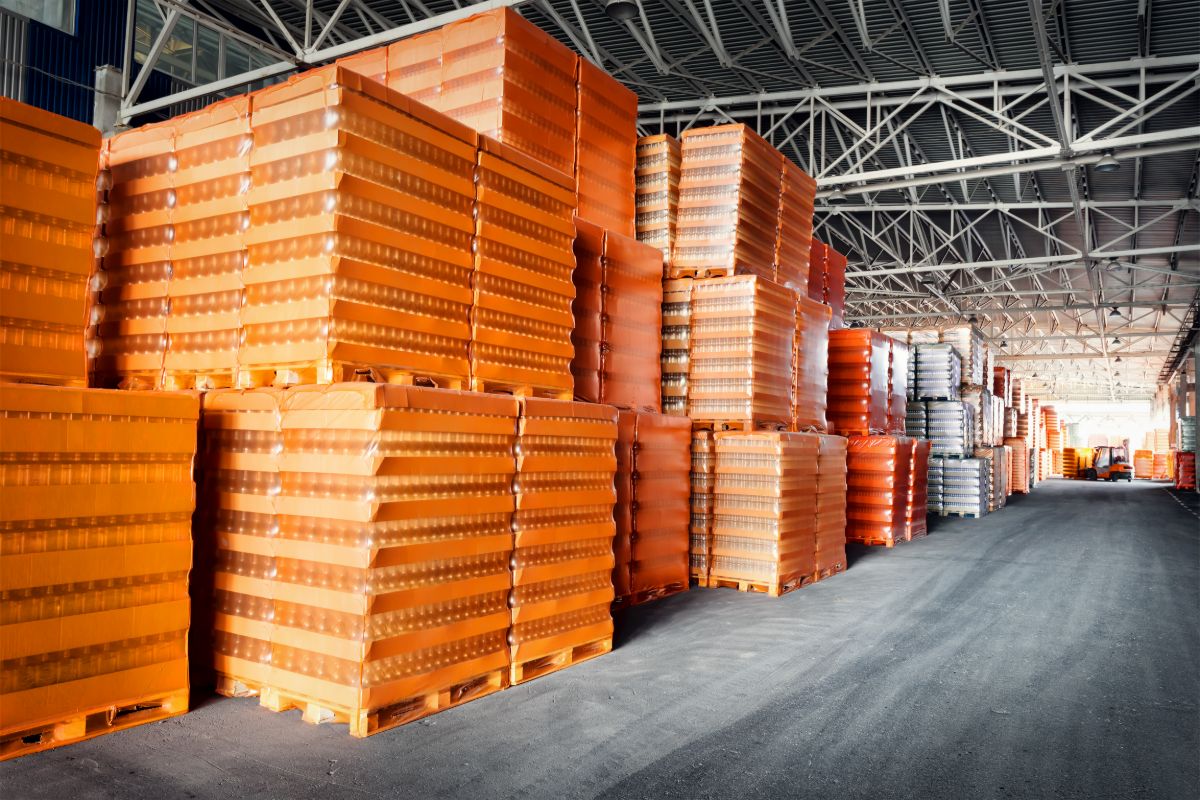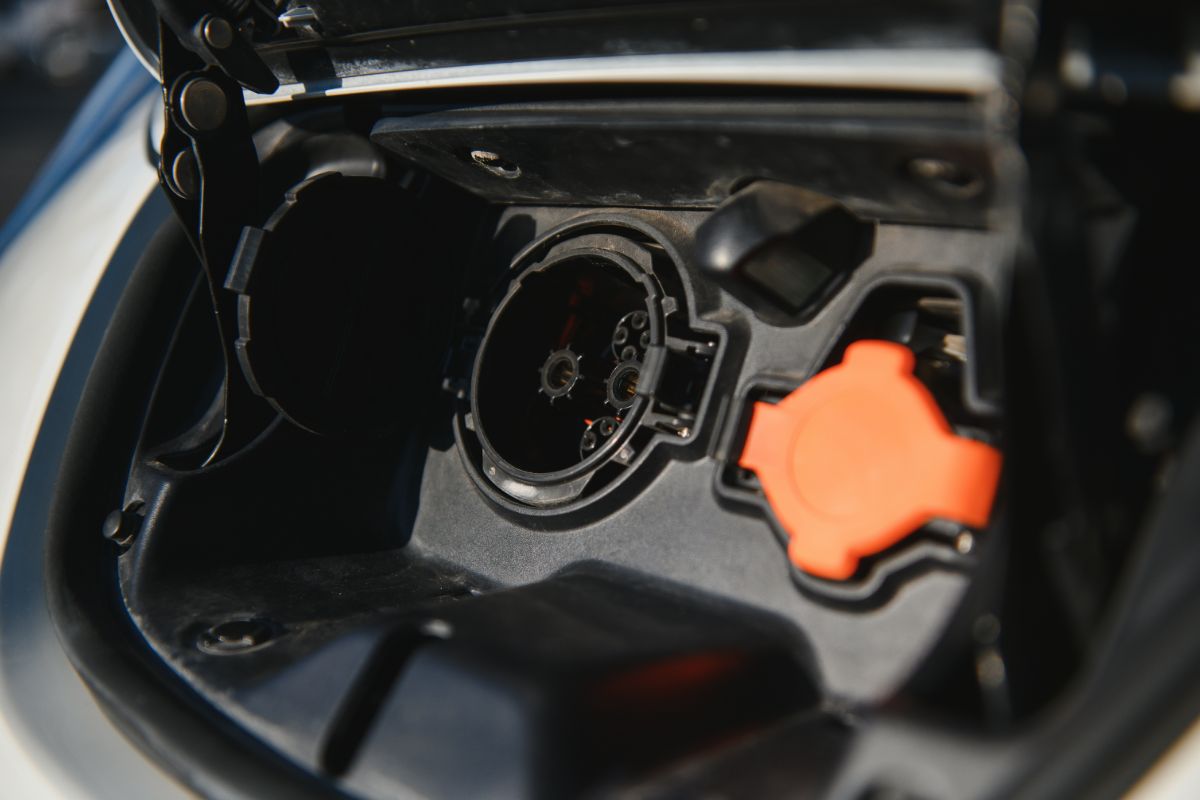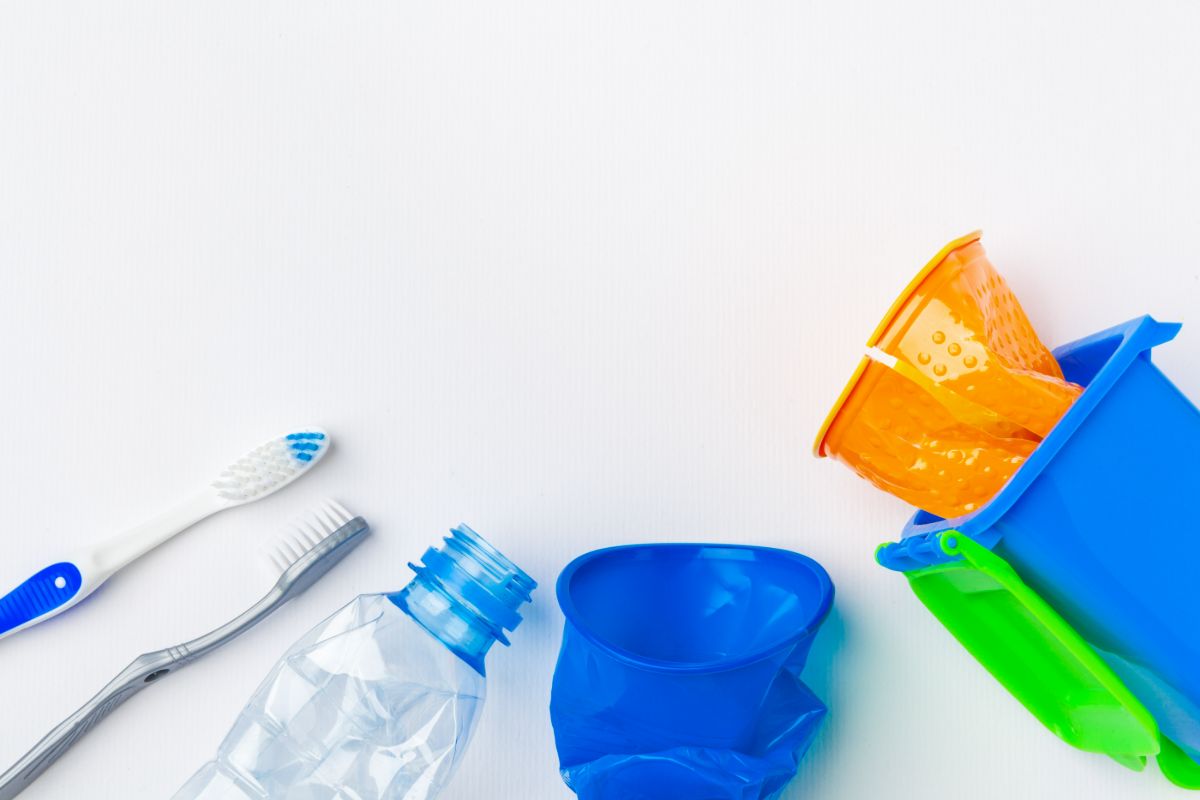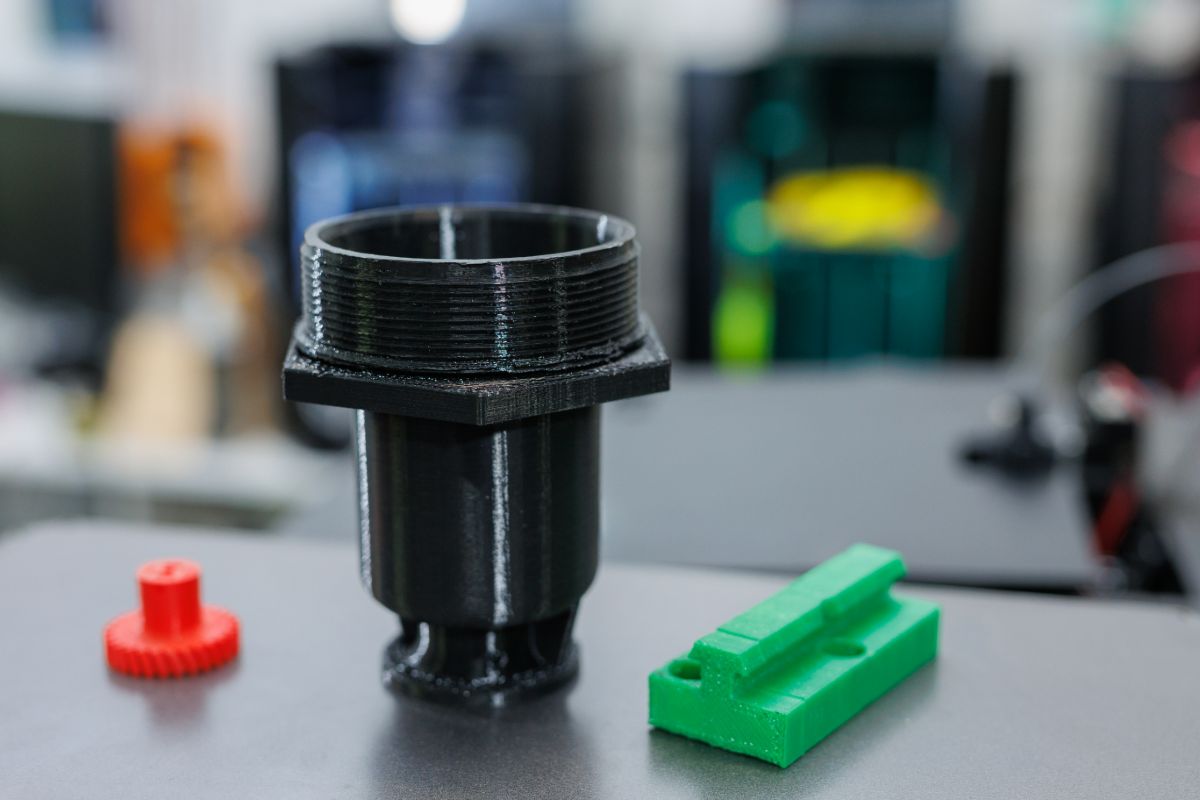What are the factors that affect the manufacturability of plastic parts?
- Material considerations
- Radius
- Wall thickness
- Gate location
- Draft
- Ribs
- Mold shrinkage
Designing your plastic parts for manufacturing involves many features that affect tooling, production, and risk of defects. It is essential to build your plastic parts around these aspects while keeping their end-use in mind. By doing so, you can reduce waste and make your injection molding project more efficient. Consider these seven factors of manufacturability for plastic parts for a successful injection molding process.
Material Considerations
Plastic injection molders will often give their input and assistance to select grades and resins of plastic. The resins you choose can make or break your plastic parts. Material selection is a complex task that takes into account many factors, such as:
- Temperature — The temperature range that your plastic parts may be exposed to during normal and extreme use conditions. It also includes the thermal stress that may occur during the assembly, finishing, and shipping stages.
- Chemical resistance — How the resin is affected by certain solids, liquids, or gases during its intended use as well as the production process.
- Standards and Criteria — Set by governments and industries, such as heat resistance, toxicity, flammability, and electrical and mechanical capabilities.
- Assembly — The plastic’s suitability for the planned product assembly, such as bonding, welding, and more.
- Finish — The plastic’s ability to produce certain finishes and polishes, such as glossy, matte, or satin appearances.
- Cost — The price of the resin as well as predicted costs for manufacturing, maintenance, finishing, waste, and other costs.
- Availability — The availability of the plastic resin compared to the amount needed for injection molding.
Radius
A plastic part design that intends to use corners needs to be able to accommodate a certain radius per corner. The addition of sharp corners without the appropriate radii can add stress to the part, which affects their manufacturability.
The radius for the plastic part should always be calculated based on the part’s thickness. When appropriately matched, it eliminates the risk of stress and tension building up in a concentrated area. As a result, parts that can accommodate large radii can have sharp corners without the risk of breakage.
Wall Thickness
Wall thickness is also something that needs to be carefully considered when designing your plastic parts. During the injection molding process, molten plastic is forced against a die, and flows to the areas of least resistance.
If your part’s design is inconsistent, the plastic will flow onto thicker areas first. As a result, other areas of the die may not fill properly. Variations like this will make thinner portions more susceptible to warpage and breakage. Thus, wall thickness should be uniform throughout the design to reduce the risk of structural and cosmetic defects.
Gate Location
Gate location is also a critical factor to manufacturability. Placing your gate in the right place ensures that the molten plastic flows properly into the mold. In the wrong location, distribution will be uneven, resulting in defects and ultimately material wastage.
The number of gates can also affect the feasibility of your design, as they can redirect flow more efficiently when configured well. In short, gate location is vital to fulfilling your intended design and can make or break the part’s viability and functionality.
Draft
Draft is the element that allows a finished and cooled plastic part to be ejected from a mold. Draft angles are the amount of taper on the part’s vertical walls. When the angle is inadequate, it can be difficult and even impossible to remove the plastic from its mold. It can also result in damage during the ejection process.
Plastic parts heavily rely on the proper draft to minimize friction and avoid wear and tear when separating from their mold. Furthermore, draft also plays a role in providing a uniform surface finish, which improves the part’s cosmetic value. Generally, draft angles around 1° and 2° are recommended, but ideal measurements depend on your part design.
Ribs
Ribs are a design element that is used to strengthen your plastic part without increasing wall thickness. They are a valuable element for parts that need to be small but durable. Good rib design and placement ensure proper connection of ribs, which in turn enhances the strength of a part.
Furthermore, the addition of ribs can make some complex plastic part designs viable. However, wide or poorly placed ribs can create structure and shrinkage, which ruin the part. Identifying the proper placement, thickness, and length of ribs during the design stage is an important factor of plastic part manufacturability.
Mold Shrinkage
Mold shrinkage is something that happens during injection molding and can take up as much as 20% of the part’s total volume. The amount of shrinkage that occurs is affected by many factors, such as the use of crystalline and semicrystalline materials, inconsistent design, thermal stress, and more. Without proper planning, your part may experience too much shrinkage, which renders it useless. To avoid this, there are a few ways to adjust your design to reduce shrinkage and make your part manufacturable. We recommend the following:
- Adjusting the formulation.
- Adjusting the mold design to factor in expected shrinkage, to achieve your desired dimensions.
- Optimizing your temperature factors, injection speed and pressure, and cooling time to the resin being used.
Key Takeaway
With plastic parts, there are many critical components to take into consideration in your design process. If you keep these seven factors of plastic part manufacturability in mind, you ensure that your part is viable and fits its intended purpose.
Aligning with a knowledgeable plastic injection molding company can help optimize your designs to create the best possible plastic parts for your products. Richfield’s is one such service provider that can improve your design process and produce high-quality plastic parts for your use. Contact us today to receive our expert consultation!
